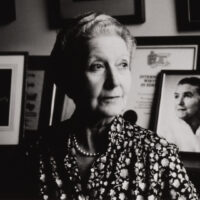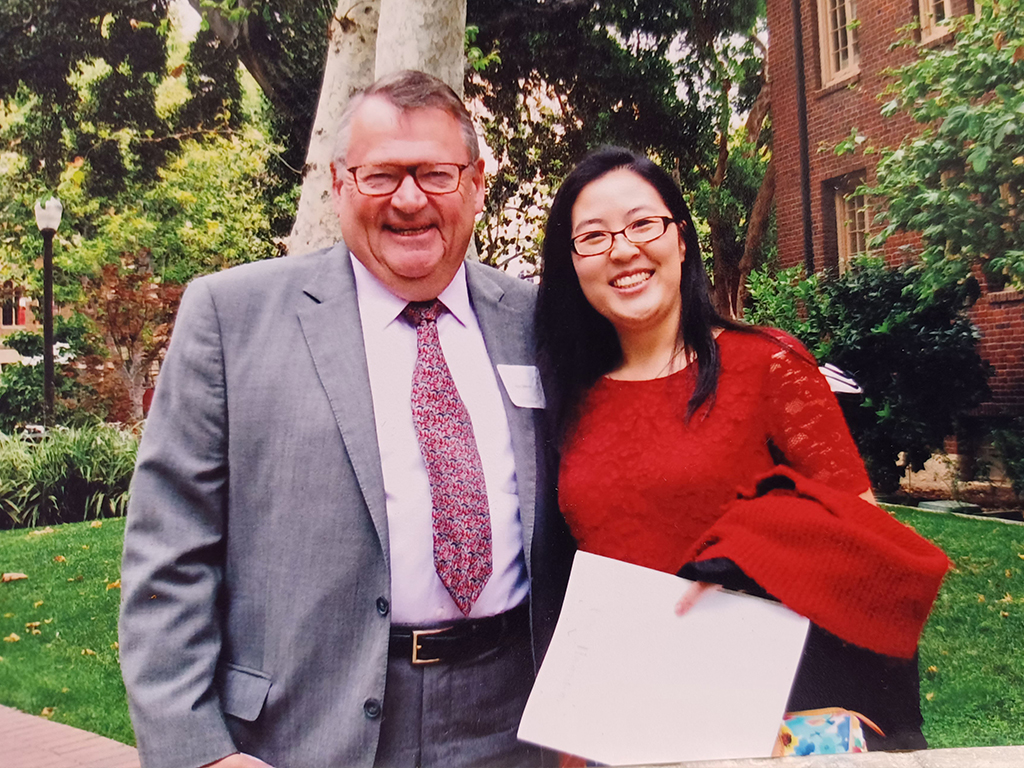
IN CONVERSATION WITH | Peter Webster & Tina Huynh
By Tyler Francischine & Sean David Christensen
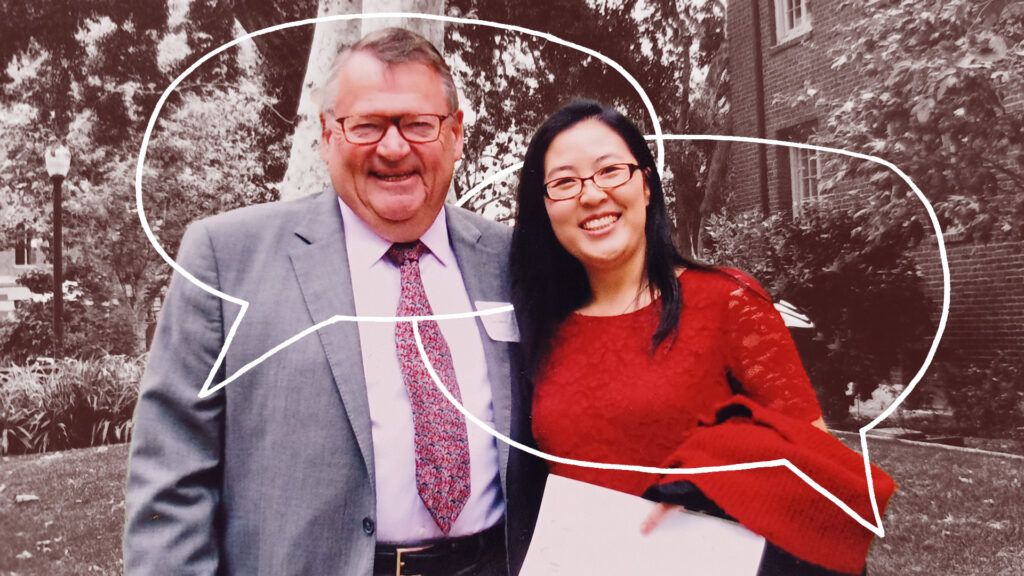
The IN CONVERSATION WITH | series celebrates the careers, accomplishments and relationships of USC Thornton faculty and alumni in conversation with each other.
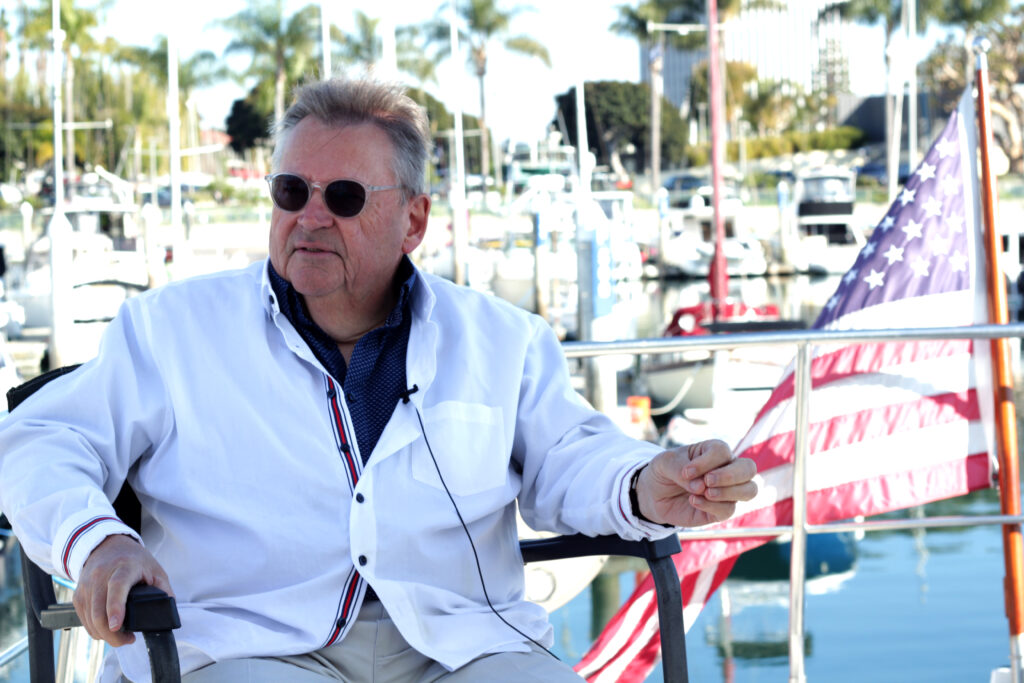
As Peter Webster will tell you, he didn’t arrive at his interactive, interdisciplinary philosophy of music education all at once. It was culled from a lifetime of experiences as both a music student and educator, decades spent learning what techniques worked and realizing what might be missing from a typical American musical education.
“I found out pretty early on that music education really begins with a philosophy of music: what is music is and why is it so powerful? Why does it make the effect on us that it does?” says Webster, whose research utilizes evidence from fields like psychology and sociology to develop an individualized approach to music education.
“I began to feel, before my graduate work, that there was something missing about the way I was educated to be a music teacher. It was much like a technical exercise. And so, I began my career as a music teacher that way, not really knowing why I didn’t feel comfortable continuing until I got a little more education. It wasn’t until my master’s and eventually my doctoral degree before I began to realize that it’s all about the power of music as an art form and that we need to awaken that in the minds of students who we work with.”
Webster has shared his passion for music education with USC Thornton School of Music students for the last eight years as he served as a scholar-in-residence and adjunct professor in the music teaching & learning program. Following his retirement this spring, Webster, who also served as vice dean of the division of scholarly and professional studies, holds steadfast to his belief that a young person’s musical education encompasses so much more than developing technique and familiarizing yourself with the standard repertoire – he says it’s an opportunity to unleash your own creativity and grow as both an artist and person.
“I have developed this strong belief in the fact that, in addition to the technical, procedural and important factual aspects of music as art, you just have to get people to do it in multiple ways. And the doing of it is not only playing an instrument and singing and learning how to do that well, but it’s engaging students in thinking in sound to create their own music. We’re really quite good at teaching people to play and sing traditional Western art music, but what’s missing there is any chance for kids to take that kind of technical understanding of playing and singing and develop their own musical utterances,” he explains. “There are at least three other musical experiences that are not done very well: improvisation, or making music of your own through performance; composition, where you sit down and try to capture something for someone else to do a bit later; and then active engagement in the music listening experience, looking for imaginative ways and creative ways to listen to music.”
He goes on to stress that the kind of music today’s student should play, sing, listen to and create needs to be from a wide variety of styles and genres from around the world.
“A music student should be able to play their trumpet in a traditional concert band in the morning, study jazz in the afternoon, listen to the latest Adele hit walking home and play in a mariachi band on the weekends.”
Webster, the 2014 National Association for Music Education’s named senior researcher for the Society for Research in Music Education, envisions a partnership among music educators, students, their parents and the greater community, who work together to both facilitate young musicians’ creative exploration and celebrate music’s impact across all cultures and communities.
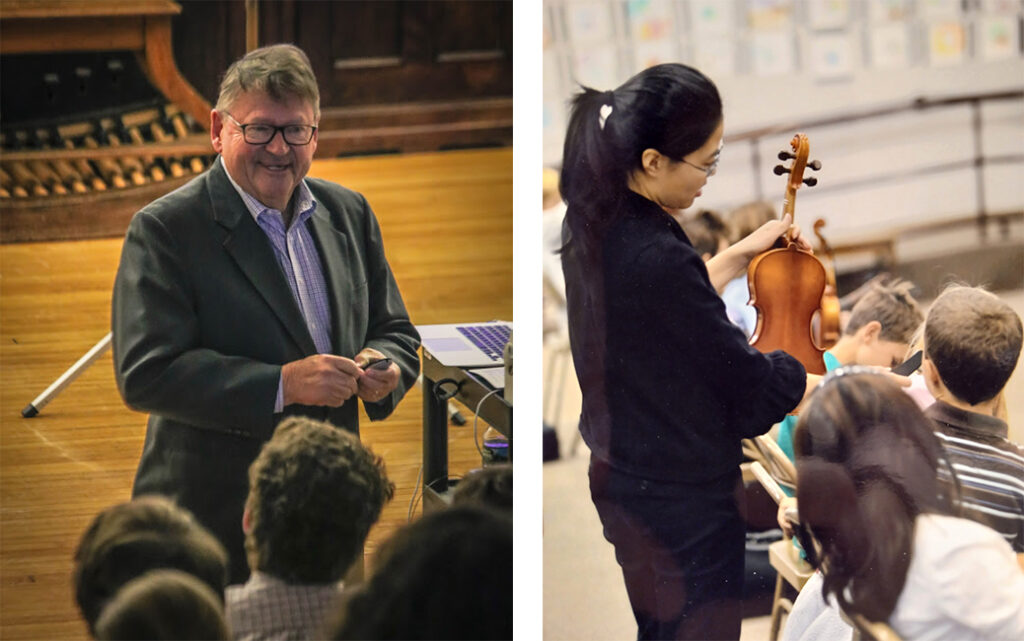
“Music teaching ought to be a symphony of musical experiences so that kids learn to sing, learn to play, learn to move to music, so that they start to be thoughtful about how music makes them feel. They ought to be experimenting, whether it’s with technology or just simple pots and pans,” Webster says. “Music educators have an obligation to think deeply about the kinds of music that they’re teaching. There’s so much music from other cultures in the world that can make a difference in children’s lives were they to be exposed to it. Music teachers are a prime spark plug for music in the community, where we welcome adults and parents into the music-making process as we teach the kids. It just feels right to me that music teachers ought to be giving a lot of time over to how they can make a better world by including music in more community-based settings.”
‘In these small ways, you push me forward’
“I was just a curious, young student and very fortunate to have been able to learn from you in three classes: philosophical foundations of music education, the creativity course, (which was one of my favorites during my time at USC), and quantitative research methods,” Tina Huynh (MM ’14, DMA ’19) tells Webster, the pair enjoying the warmth of a January sun from the deck of Webster’s boat, which he’s named The Next Chapter.
“In that creativity class, we talked about creative thinking in music-making, but what I took from that class, the talks that you’ve had and the way that you encouraged students to think, is this idea of creativity itself. We talked about it from a psychological perspective, and I applied it to my own life – not just music-making or music teaching, but everything I do. It pervades my way of being, from designing academic courses to cooking,” Huynh says. “You’ll learn and try out new things, and they can be big disasters or they can be great successes. That’s the wonderful thing about being set free to try things out and not being held back, having the freedom to be creative in music-making, but also in life.”
After Huynh received a doctoral degree from Thornton’s Music Teaching & Learning program, she began teaching courses in elementary and secondary music education at the University of Puget Sound in Tacoma, Washington. She also serves as project scholar for the Tacoma Refugee Choir, and her 2021 film about the resilience of eight Vietnamese-American refugee musicians in Orange County, Songs of Little Saigon, has received acclaim from 13 film festivals nationally and internationally.
While she was a doctoral student at Thornton, Huynh created The Vietnamese Children’s Songbook, an illustrated children’s book (with an accompanying album) of 10 traditional Vietnamese children’s songs and cultural practices. In Webster’s lessons on creativity and interactive educational techniques, she found the inspiration and support to pursue her passion for the intersection of music in early and middle childhood and cultural diversity, which remains at the core of her work today.
“Making that connection with a child starts with learning about them, finding interest in what they do, their family, their background, what music they listen to at home and what songs their parents sing to them. It’s starting from what they know and meeting them where they are,” she says. “And from there, it’s about building trust and a relationship that enables a teacher to take that first musical journey with that student. That’s why it’s important to know about a child’s culture and to appreciate cultural diversity. We come from everywhere, and we have classrooms where multiple languages are spoken.”
Though he has imparted countless lessons to his students over his career, perhaps one of Webster’s most impactful approaches to teaching is what he calls “getting out of people’s ways” or “lighting a fire and then stepping back.” While he was teaching at Case Western Reserve University, which he did for 14 years before a 25-year tenure at Northwestern, Webster made a transformative shift to his teaching style. It began with the realization that his students might gain more from less restrictive assignments and encouraging creative freedom.
“The whole concept was to make it challenging by making it freer,” Webster recalls. “Sometimes, I would hear, ‘What do you mean? Tell me what I’m supposed to do. You’re the teacher.’ And I explained to them, ‘My philosophy is not to tell you what to do, but to try to help you figure it out. That really shaped the way I brought courses to USC.”
“It’s funny that you say you like to get out of students’ ways. You have mentored me, and sometimes in intangible ways,” Huynh tells Webster. “It’s not like we’re sitting down talking deeply and you’re telling me what to do. It’s really like you ask a few questions that make me think, you make a few comments, or you send me an interesting article that you know is in my line of work. Those touches, opening the doors of inquiry without forcefulness, really make me feel special and feel mentored. In these small ways, you push me forward.”
‘Part of a cosmic magic’
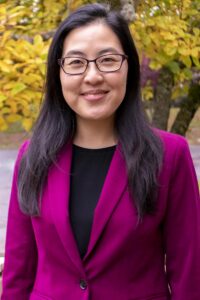
After retiring from Northwestern University’s Bienen School of Music as a professor emeritus of music education in 2012, Webster accepted an offer from Robert Cutietta to teach at Thornton, which, for the last eight years, served as the ideal “playground” to put his ideas and techniques into action.
“This is what I had dreamed of, because Robert Cutietta’s philosophy and the school’s philosophy in many ways reinforce what I’ve been talking about – this kind of student freedom,” Webster says. “We recently completed undergraduate redesign efforts to determine, what does a 21st-century musician need to know and be able to do, and how do you make the undergraduate program work with that? Well, that was a dream committee for me, because that was a chance to form a platform for students to have a real say in their education. I think we do that very well here. So it was, for the eight years that I’ve been here. I wish I were younger and could stay another eight.”
When asked what legacy Webster leaves behind following his retirement from Thornton, Huynh first acknowledges the great weight that term carries before concluding that the word captures exactly the impact the celebrated instructor has had on his students and his field of study.
After complimenting the number of research articles he’s written, the number of dissertations he’s supervised and the technologies he’s introduced to Thornton students, Huynh tells Webster, “Your legacy also lives on in us, meaning all of your graduates, all the people throughout the nation who are doing amazing work. We continue to be inspired by your philosophy, and we try to advance the profession. The inspiration comes from what you taught us.”
Tears well up in Webster’s eyes as he listens to Huynh’s praise and he reflects on the reciprocal impact his students and his career have left on his life. As he prepares to start the next chapter, he takes with him many fond, transformative memories from the time he spent doing what he loves most: facilitating students’ pure creative expression.
“Teaching is part of a cosmic magic that is hard to define. I’m fortunate to be one small voice that will be amplified many, many times in many different and better ways by other people,” he says. “I put the students first. The doctoral students I have worked with both at Northwestern and Thornton have been the joy of my life. I get really choked up about it. It’s like setting them free to the world to be the scholars that they are.”


